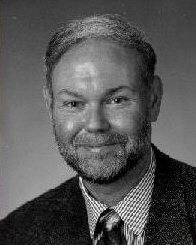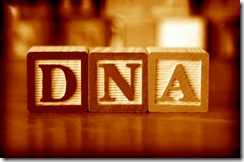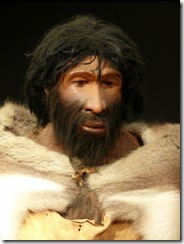 If you’ve ever even thought about testing your own DNA for genealogical purposes, then you are almost guaranteed to have heard of Megan Smolenyak Smolenyak. Megan is the Chief Family Historian and North American spokesperson for Ancestry.com, as well as the co-founder of Roots Television, an online channel of genealogy and history-oriented programming. Additionally, Megan is the co-author of “Trace Your Roots With DNA”, the premiere book on genetic genealogy (the other co-author, Ann Turner, will be featured later in this series).
If you’ve ever even thought about testing your own DNA for genealogical purposes, then you are almost guaranteed to have heard of Megan Smolenyak Smolenyak. Megan is the Chief Family Historian and North American spokesperson for Ancestry.com, as well as the co-founder of Roots Television, an online channel of genealogy and history-oriented programming. Additionally, Megan is the co-author of “Trace Your Roots With DNA”, the premiere book on genetic genealogy (the other co-author, Ann Turner, will be featured later in this series).
Megan blogs about genetic genealogy and other genealogical topics at Megan’s Roots World (which I highly recommend adding to your feed reader or daily reading list). In the following interview, Megan talks about her introduction to genetic genealogy, about the field as it stands today, and about some of the possible future directions of DNA testing.
 Genetic genealogy has been commercially available since 2000, and in the last 8 years many genealogists have used this new tool to learn about their ancestry. Over the course of the next two weeks, I will be sharing interviews I recently conducted with 9 individuals who have had a huge impact on the field of genetic genealogy. The list includes – in the random order that their interview will appear – Bennett Greenspan, Megan Smolenyak Smolenyak, Terry Barton, Alastair Greenshields, Whit Athey, Ann Turner, Katherine Hope Borges, Max Blankfeld, and Ana Oquendo Pabón.
Genetic genealogy has been commercially available since 2000, and in the last 8 years many genealogists have used this new tool to learn about their ancestry. Over the course of the next two weeks, I will be sharing interviews I recently conducted with 9 individuals who have had a huge impact on the field of genetic genealogy. The list includes – in the random order that their interview will appear – Bennett Greenspan, Megan Smolenyak Smolenyak, Terry Barton, Alastair Greenshields, Whit Athey, Ann Turner, Katherine Hope Borges, Max Blankfeld, and Ana Oquendo Pabón.
 The Genetic Genealogist has been
The Genetic Genealogist has been  Portfolio presents an interesting four-part series by
Portfolio presents an interesting four-part series by 
 To the readers coming from yesterday’s
To the readers coming from yesterday’s  GenomeWeb Daily News published a story on Friday entitled “
GenomeWeb Daily News published a story on Friday entitled “